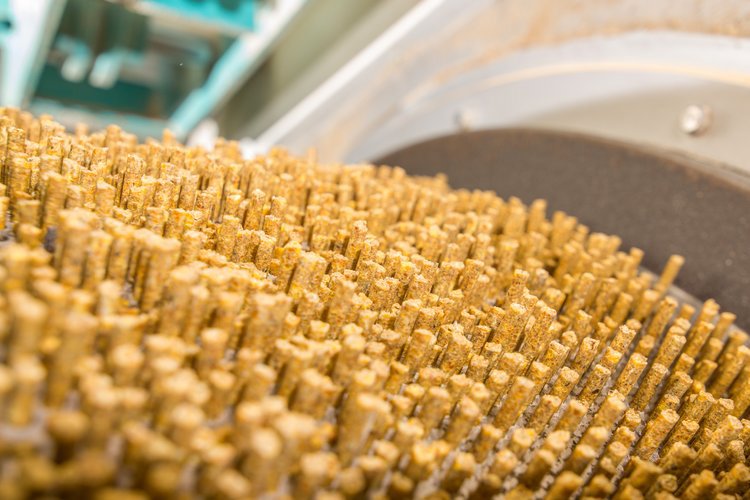Moulds and shelf life
Moulds consume valuable nutrients in raw materials and feed, and if allowed to proliferate, can rapidly decrease the products’ shelf life, quality and nutritional value. Additionally, the mycotoxins produced by moulds may negatively impact animal performance. If not addressed properly, it can result in a significantly negative impact on finances and brand reputation.
Raw materials can account for up to 80% of total feed production cost, and so it is vital to prevent mould growth that results in loss of volume (shrinkage) or nutritional value. It is also important to note that the common practice of adding water to compensate for moisture loss during the feed production process increases the risk of mould and compromises the shelf life of feed.
Moulds destabilise the integrity of the feed materials, which opens up an opportunity for other harmful microorganisms such as yeasts and bacteria to grow and proliferate. Producing stable, high quality feeds efficiently and profitably requires an integrated solution that includes appropriate products, effective dosing, and analytic services that fit the specific circumstances and type of feed.








